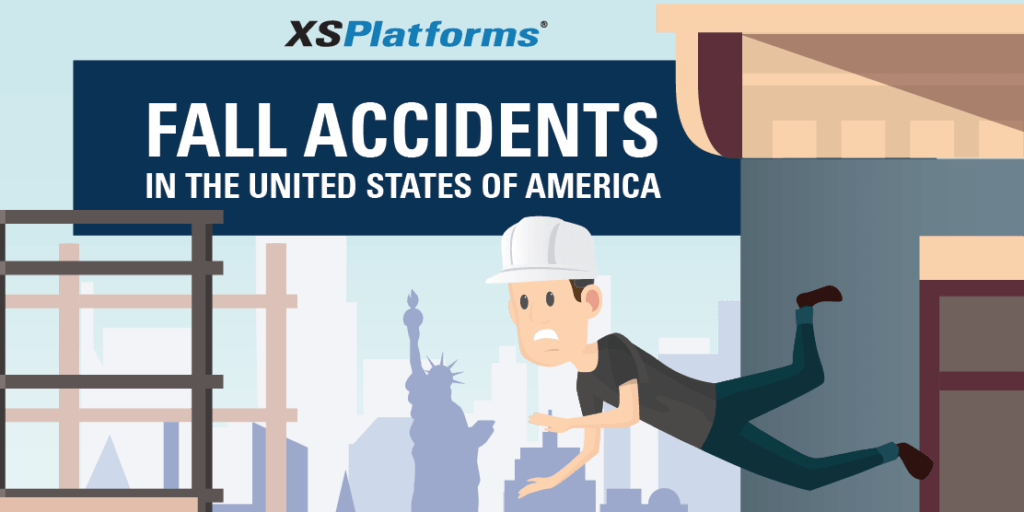Falls from height are still a major cause of death in construction in the US
Construction is one of the most dangerous industries to work in, with 1.102 fatal workplace accidents in 2019. Construction workers often have to work at height to complete their work. Here they are confronted with a myriad of fall hazards. In 2019 711 fatal falls from height occurred at workplaces across all industries in the USA. 56% of these fatal falls to a lower level took place in construction, making it one of the leading causes of worker death in this sector. This is tragic, as falls from height are often preventable with the right training and equipment.



